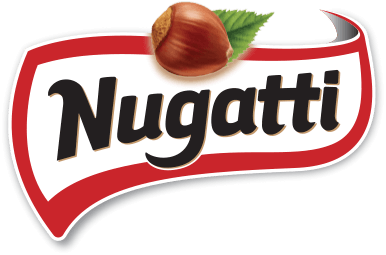Nugatti®
During our recent motorhome trip through Scandinavia, we had the opportunity to try a quintessential Norwegian treat: Nugatti. This chocolate-hazelnut spread is as much a part of the Norwegian pantry as brown cheese. It’s a sweet, comforting staple that has been a favorite for generations. The history of Nugatti dates back to 1971 when it was first introduced by Stabburet, a Norwegian food company. It quickly gained popularity, becoming a household name and an icon of Norwegian culture. The spread’s success is not just due to its delicious taste but also its ability to evoke a sense of nostalgia for many Norwegians who grew up with it on their breakfast tables or packed in their lunchboxes. Nugatti is made by blending roasted hazelnuts, cocoa, and milk to create a smooth, creamy texture. While the exact recipe is a well-guarded secret, the result is a spread with a distinct, rich flavor. It’s primarily used on bread or waffles, but it’s also a popular ingredient in baking and desserts. We found Nugatti to be quite different from other chocolate spreads we’ve tried. We expected a flavor similar to Nutella, but it had a distinct taste and a different sweetness. While we enjoyed it, we did find it to be very sweet, almost too sweet for our palate. Despite that, it was a delicious part of our Norwegian adventure and gave us a true taste of local life.

Nugatti® vs Nutella®
When it comes to hazelnut cocoa spreads, two names often come up in discussion: Nutella and Nugatti.
Nutella®
